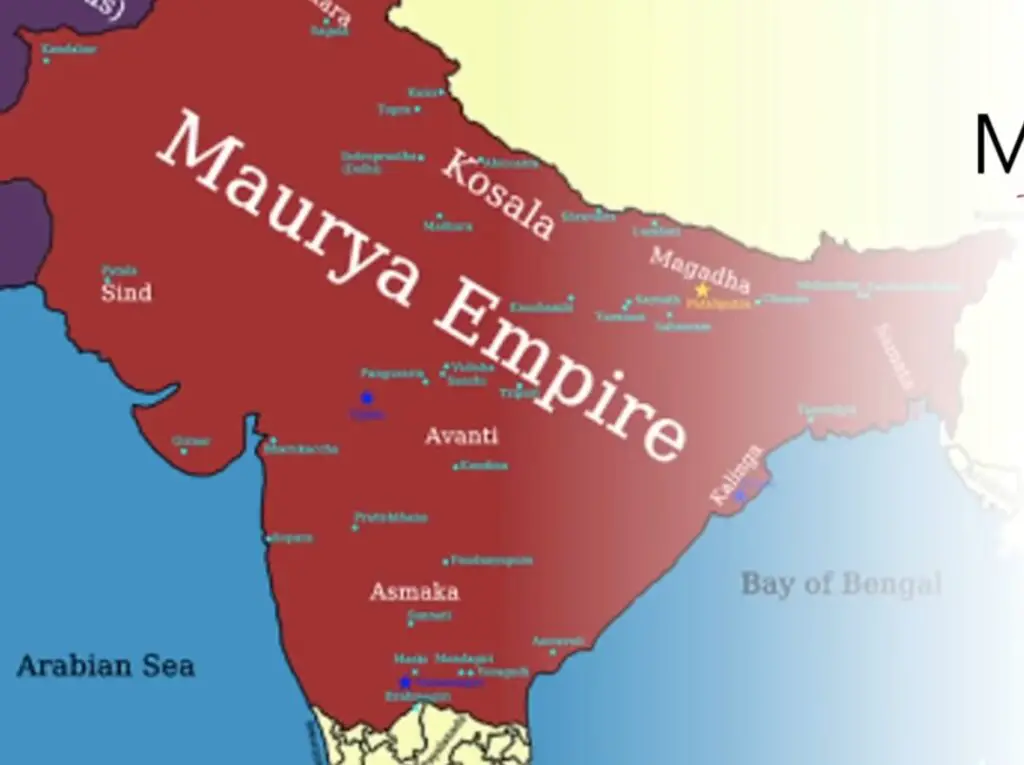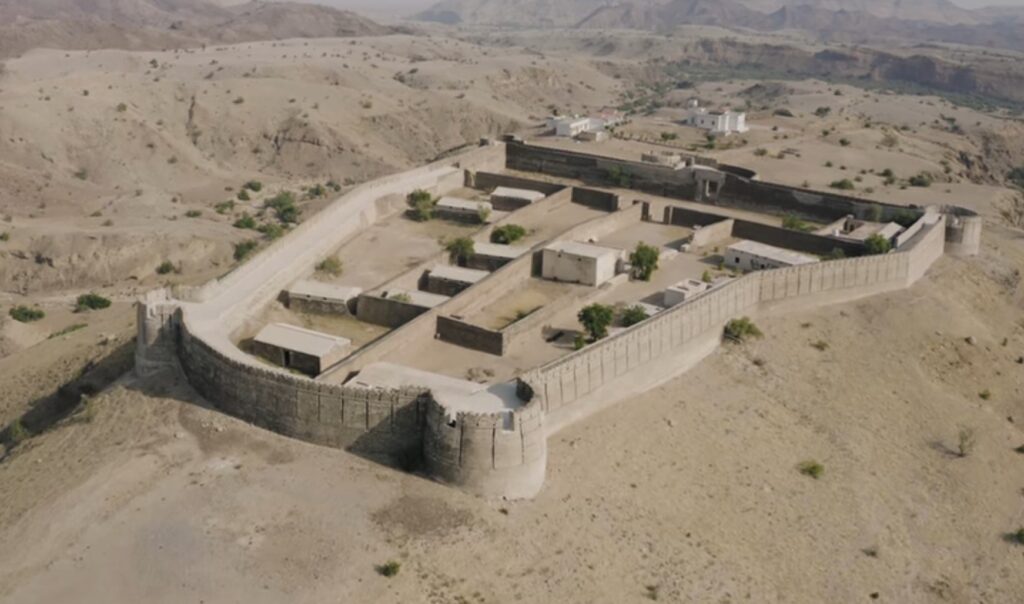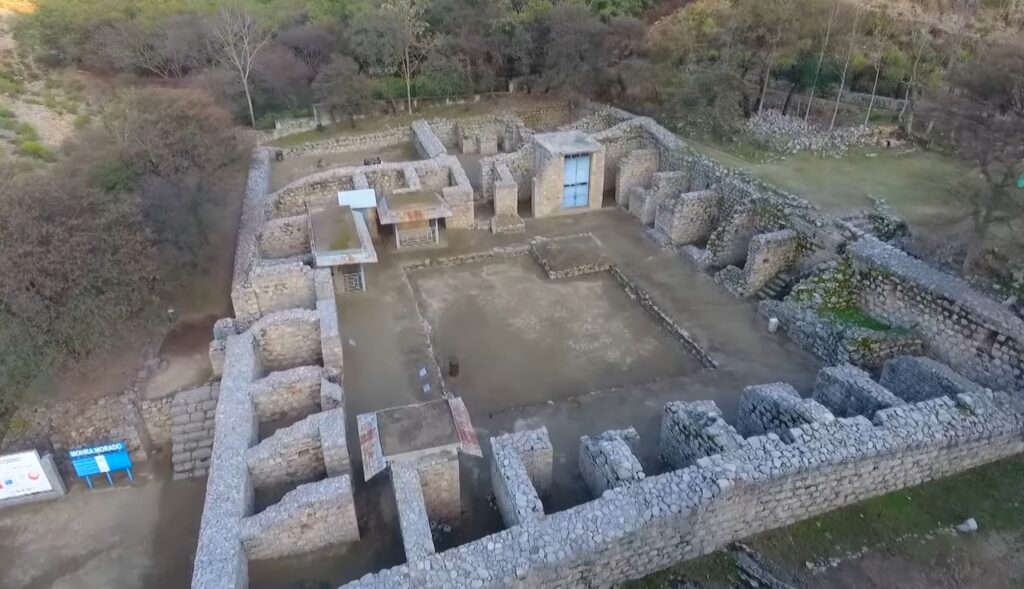The Almoravid dynasty was a Berber Muslim dynasty that ruled over parts of North Africa and Spain in the 11th and 12th centuries. They are best known for their military conquests, religious zeal, and the construction of several iconic architectural landmarks. Here’s a closer look at the Almoravids and their legacy.
Origins and Rise to Power of Almoravids Dynasty
The Almoravids originated in the Sahara region of North Africa and were originally a religious movement led by Ibn Yasin, who preached a strict interpretation of Islam known as the Maliki school. In the 11th century, the Almoravids launched a military campaign to unite the Berber tribes of North Africa and conquer the wealthy Islamic city of Sijilmasa.
Under the leadership of their first ruler, Abdallah ibn Yasin, and his successor, Yusuf ibn Tashfin, the Almoravids quickly expanded their empire to include much of North Africa and parts of Spain, including the city of Cordoba.
Founder of the Almoravid Dynasty
The founder of the Almoravid dynasty was Abdallah ibn Yasin. He was a Berber scholar and religious reformer who played a significant role in the early development and expansion of the Almoravid movement.
Abdallah ibn Yasin was born in the early 11th century in the region of present-day Mauritania. He was known for his deep knowledge of Islamic theology and his strict adherence to a puritanical form of Islam. Inspired by his religious beliefs, he sought to reform what he perceived as lax practices among the Berber tribes in North Africa.
In his efforts to spread his religious ideas, Abdallah ibn Yasin traveled extensively and gained a following among various Berber groups. He emphasized the importance of Islamic education, moral conduct, and the need to wage jihad (holy war) against non-believers. His teachings resonated with many Berbers, who were looking for spiritual guidance and unity.
Abdallah ibn Yasin’s influence grew, and he eventually found a strong ally in Yusuf ibn Tashfin, a powerful Berber chieftain. Together, they formed a military and religious alliance. Yusuf ibn Tashfin provided military leadership and resources, while Abdallah ibn Yasin served as the spiritual guide and ideologue.
Under the leadership of Yusuf ibn Tashfin and the religious inspiration of Abdallah ibn Yasin, the Almoravid forces embarked on a series of successful military campaigns. They conquered large territories in North Africa and the Iberian Peninsula, establishing the Almoravid dynasty as a significant power in the region.
Abdallah ibn Yasin’s legacy as the founder of the Almoravid dynasty is characterized by his pivotal role in creating a unified movement among the Berbers and promoting a strict form of Islam. His ideas and teachings laid the foundation for the dynasty’s expansion and prominence in the 11th and 12th centuries.
Military Conquests and Religious Zeal
The Almoravids were known for their military prowess and strict adherence to Islamic law. They were instrumental in halting the Christian Reconquista in Spain and launched several successful campaigns against the Ghana Empire in West Africa.
The Almoravid dynasty also spread their religious zeal through the construction of mosques and madrasas, including the Great Mosque of Tlemcen in modern-day Algeria and the Ben Youssef Madrasa in Marrakech, Morocco.
Rulers of the Almoravid Dynasty
The Almoravid dynasty was founded by Abdallah ibn Yasin, a Berber scholar and religious reformer, in the 11th century. The rulers of the Almoravid dynasty were known as Emirs. The dynasty ruled over a vast territory that encompassed parts of North Africa and the Iberian Peninsula (present-day Spain and Portugal). The most notable rulers of the Almoravid dynasty were:
-
Yusuf ibn Tashfin (reigned c. 1061–1106): Yusuf ibn Tashfin was one of the most influential and successful Emirs of the Almoravid dynasty. He expanded the empire’s territory significantly, conquering several regions in North Africa and the Iberian Peninsula. His military campaigns in the Iberian Peninsula culminated in the famous Battle of Zallaqa (also known as the Battle of Sagrajas) in 1086, where he defeated Alfonso VI of León and Castile.
-
Ali ibn Yusuf (reigned c. 1106–1143): Ali ibn Yusuf succeeded his father Yusuf ibn Tashfin as the Emir of the Almoravid dynasty. He continued the dynasty’s expansion efforts, conquering more territories in the Maghreb (Northwest Africa) and the Iberian Peninsula.
-
Tashfin ibn Ali (reigned c. 1143–1145): Tashfin ibn Ali succeeded his father Ali ibn Yusuf as the Emir of the Almoravid dynasty. However, his reign was relatively short and marked by internal conflicts and instability.
-
Ibrahim ibn Tashfin (reigned c. 1145–1147): Ibrahim ibn Tashfin, the son of Ali ibn Yusuf, took the throne after his brother Tashfin ibn Ali. Like his brother’s reign, his rule was also marked by internal strife and a decline in the dynasty’s power.
The Almoravid dynasty eventually faced challenges from internal dissent and external enemies, leading to its decline in the mid-12th century. The Almohad dynasty, another Berber Muslim dynasty, emerged as a formidable force and succeeded the Almoravids as the ruling power in the region.
Almoravid Dynasty known for:
The Almoravid dynasty, which ruled from the 11th to the 12th century, was known for several significant achievements and characteristics:
-
Religious Reforms: The Almoravids were known for their strict adherence to a puritanical form of Islam. Their founder, Abdallah ibn Yasin, was a religious reformer who sought to promote a more orthodox and conservative interpretation of Islam among the Berber tribes in North Africa.
-
Military Conquests: The Almoravids were formidable warriors and skillful military leaders. They embarked on a series of successful military campaigns, expanding their empire across vast territories in North Africa and the Iberian Peninsula (present-day Spain and Portugal).
-
Unified Berber Tribes: One of the key achievements of the Almoravid dynasty was their ability to unify various Berber tribes under a common cause. They created a sense of unity and identity among the Berbers, which contributed to their military and political success.
-
Control of Trade Routes: The Almoravids controlled important trade routes, especially the trans-Saharan trade routes that connected North Africa to the Sahel region and beyond. Their control over these lucrative trade routes brought significant wealth and prosperity to their empire.
-
Cultural Patronage: The Almoravids were patrons of art, architecture, and scholarship. They promoted the construction of magnificent mosques and palaces, which reflected a unique blend of Berber, Arab, and Islamic architectural styles.
-
Influence on the Almohad Dynasty: The Almoravid dynasty had a profound influence on the emergence of the Almohad dynasty. The Almohads, another Berber Muslim dynasty, emerged as a reformist movement that criticized the Almoravids’ religious practices. Over time, the Almohads overthrew the Almoravids and became the dominant power in the region.
-
Legacy of Tolerance: Despite their strict religious beliefs, the Almoravids were relatively tolerant towards non-Muslims, allowing religious freedom to Christians and Jews living under their rule.
While the Almoravids’ military might and religious reforms left a lasting impact on North Africa and the Iberian Peninsula, their dynasty eventually faced challenges from internal dissent and external enemies. The Almohad dynasty rose to prominence, and the Almoravids gradually declined and eventually faded from power in the mid-12th century. Nevertheless, their legacy as warriors, unifiers, and promoters of Islamic orthodoxy remains a crucial chapter in the history of Al-Andalus and North Africa.
Almoravids Origin
The Almoravids originated from the region of the western Sahara Desert, which is part of present-day Mauritania and southern Morocco. The Berber tribes in this region formed the nucleus of the Almoravid movement.
The founder of the Almoravid dynasty, Abdallah ibn Yasin, was born in the early 11th century in Mauritania. He was a Berber scholar and religious reformer who sought to promote a puritanical form of Islam among the Berber tribes in the western Sahara region.
Abdallah ibn Yasin’s teachings resonated with many Berbers, who were attracted to his call for religious revival and unity. Under his leadership and with the support of powerful Berber chieftains like Yusuf ibn Tashfin, the Almoravid movement gained momentum and expanded its influence.
The Almoravids’ early military campaigns were focused on consolidating their power and spreading their religious reforms among the Berber tribes in the Sahara and Maghreb (Northwest Africa) regions. As they expanded their territories, they eventually crossed the Strait of Gibraltar and conquered parts of the Iberian Peninsula (Spain and Portugal) during the 11th century.
The Almoravid dynasty’s origin in the western Sahara region played a crucial role in shaping their identity as a Berber-Muslim empire. They drew their strength and military prowess from the desert environment and the unity of the Berber tribes under their banner. Over time, the Almoravids’ military and political success transformed them into a dominant force in the western Mediterranean, leaving a lasting impact on the history of Al-Andalus and North Africa.
Architectural Legacy of Almoravid Dynasty
The Almoravids left behind several iconic architectural landmarks, many of which still stand today. One of the most famous is the Koutoubia Mosque in Marrakech, which was built in the 12th century and served as a model for other mosques in the region.
The Almoravids also built several defensive structures, including the walls and gates of Marrakech and the Alcazaba fortress in Málaga, Spain. These structures combined military functionality with intricate decoration, creating a unique architectural style that continues to inspire designers and architects today.
Downfall of Almoravids
The Almoravids were overthrown by the Almohads, another Berber Muslim dynasty that emerged as a reformist movement in the 12th century. The Almohads criticized the religious practices of the Almoravids and sought to implement stricter and more orthodox interpretations of Islam.
The rise of the Almohads was led by Ibn Tumart, a Berber religious leader who claimed to be the Mahdi (a messianic figure in Islamic tradition). Ibn Tumart preached a puritanical form of Islam and garnered a substantial following among the Berber tribes in the Maghreb (Northwest Africa).
The tensions between the Almoravids and the Almohads escalated, culminating in the Battle of Sagrajas (also known as the Battle of Zallaqa) in 1086. In this pivotal battle, the Almoravid forces, led by Yusuf ibn Tashfin, emerged victorious against the Christian armies of Alfonso VI of León and Castile. Despite their victory, the Battle of Sagrajas weakened the Almoravid state and laid the groundwork for the Almohad uprising.
The Almohads continued to gain support and momentum, and under the leadership of Ibn Tumart’s successor, Abd al-Mu’min, they launched a series of military campaigns against the Almoravids. In 1147, the Almohad forces, led by Abd al-Mu’min, defeated the Almoravids in the Battle of al-Buhayra, a decisive confrontation that sealed the fate of the Almoravid dynasty.
After the defeat at al-Buhayra, the Almoravid state disintegrated, and the Almohads established their dominance over North Africa and the Iberian Peninsula. The Almohads ruled over a vast empire that encompassed much of the territories previously held by the Almoravids.
The Almohad dynasty went on to leave its mark on the history of Al-Andalus and North Africa, as well as contributing to significant cultural, religious, and architectural developments during their reign in the 12th and 13th centuries.
The Almoravid dynasty was a powerful and influential force in North African and Spanish history. Their military conquests and religious zeal left a lasting impact on the region, and their architectural legacy continues to inspire awe and admiration. Today, visitors can explore their stunning monuments and learn more about their fascinating history and culture.





